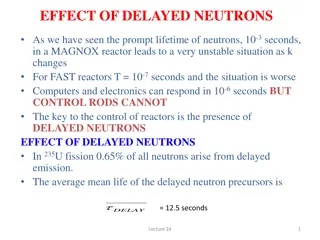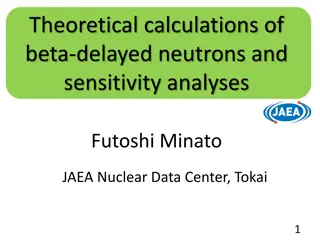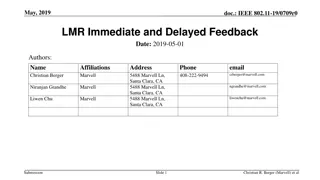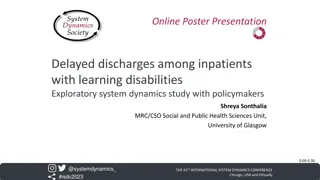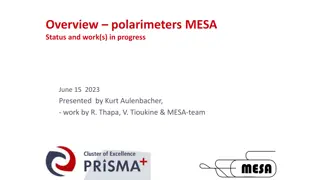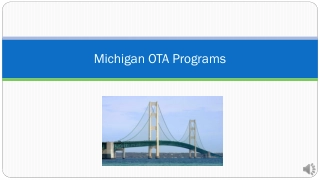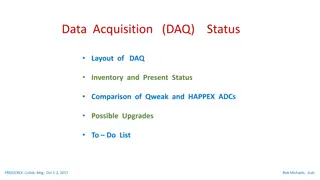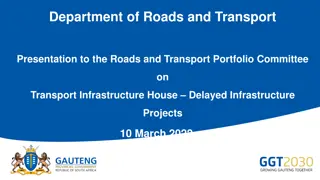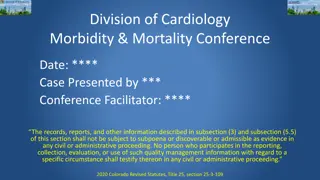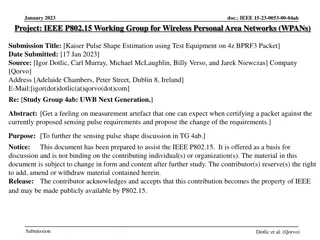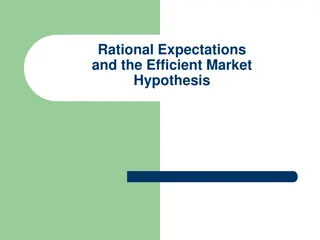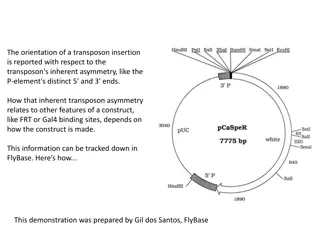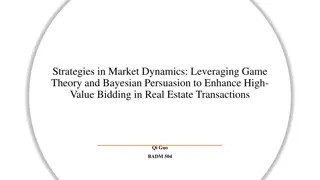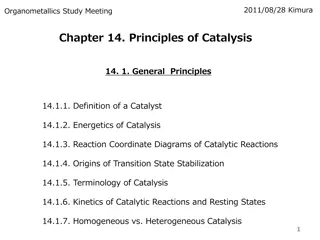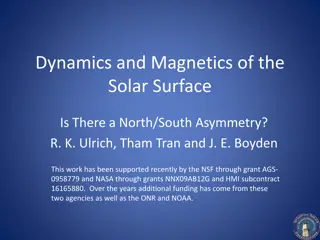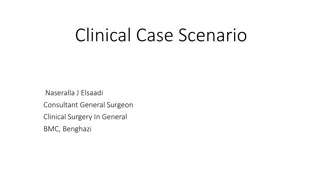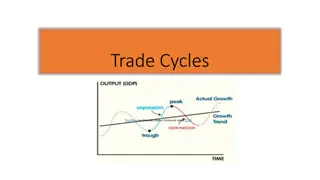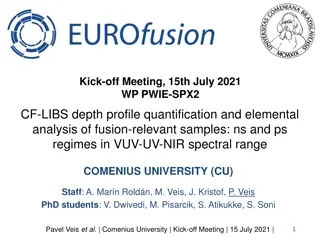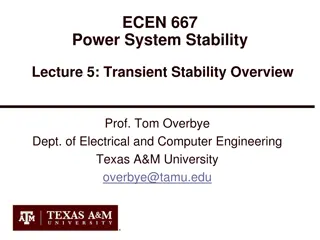Analysis of Mott Delayed Helicity Information and Asymmetry Results
This content provides detailed information on Mott Delayed Analysis along with Helicity Info, Mott Asymmetry results, and Charge Asymmetry data. It discusses the differences in asymmetry measurements using FADC Helicity and Scalers Helicity, highlighting the reasons behind the slight variations observed. The content includes key parameters, values, and analysis findings related to Mott asymmetry and charge distribution.
Download Presentation

Please find below an Image/Link to download the presentation.
The content on the website is provided AS IS for your information and personal use only. It may not be sold, licensed, or shared on other websites without obtaining consent from the author. Download presentation by click this link. If you encounter any issues during the download, it is possible that the publisher has removed the file from their server.
E N D
Presentation Transcript
Helicity Info 1. FADC Hel: 2. Scalers Hel: FADC Chan Signal S1 CONTROL Chan Signal 1 E LEFT 2 E RIGHT 1 Load-Next-Event (LNE) 3 E UP 2 Helicity 3 PatternSync 4 E DOWN 4 GATE (nT_Settle) 5 E LEFT 6 E RIGHT 7 E UP 8 E DOWN 9 BFM Used for No Delay and Delay=8 analysis (Ring Buffer) 10 11 Mott DetTr 12 Used for No Delay analysis 13 Helicity 14 T_Settle 15 Pattern Sync 2 16 Pair Sync
Mott Asymmetry No Delay A (%) Delay=8 A (%) FADC Hel Scalers Hel Scalers Hel 8218 33.33 0.28 32.53 0.28 8219 32.55 0.29 8220 33.59 0.26 32.16 0.26 8221 31.81 0.28 8222 33.68 0.29 32.15 0.29 8223 32.54 0.29 Mott asymmetry measured using FADC Helicity is slightly larger than using Scalers Helicity. Why? 3
Charge Asymmetry No Delay Aq (ppm) Delay=8 Aq (ppm) Scalers Hel Scalers Hel 8218 532 28 8219 496 28 8220 548 26 8221 523 28 8222 589 29 8223 524 28 4


